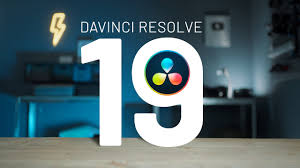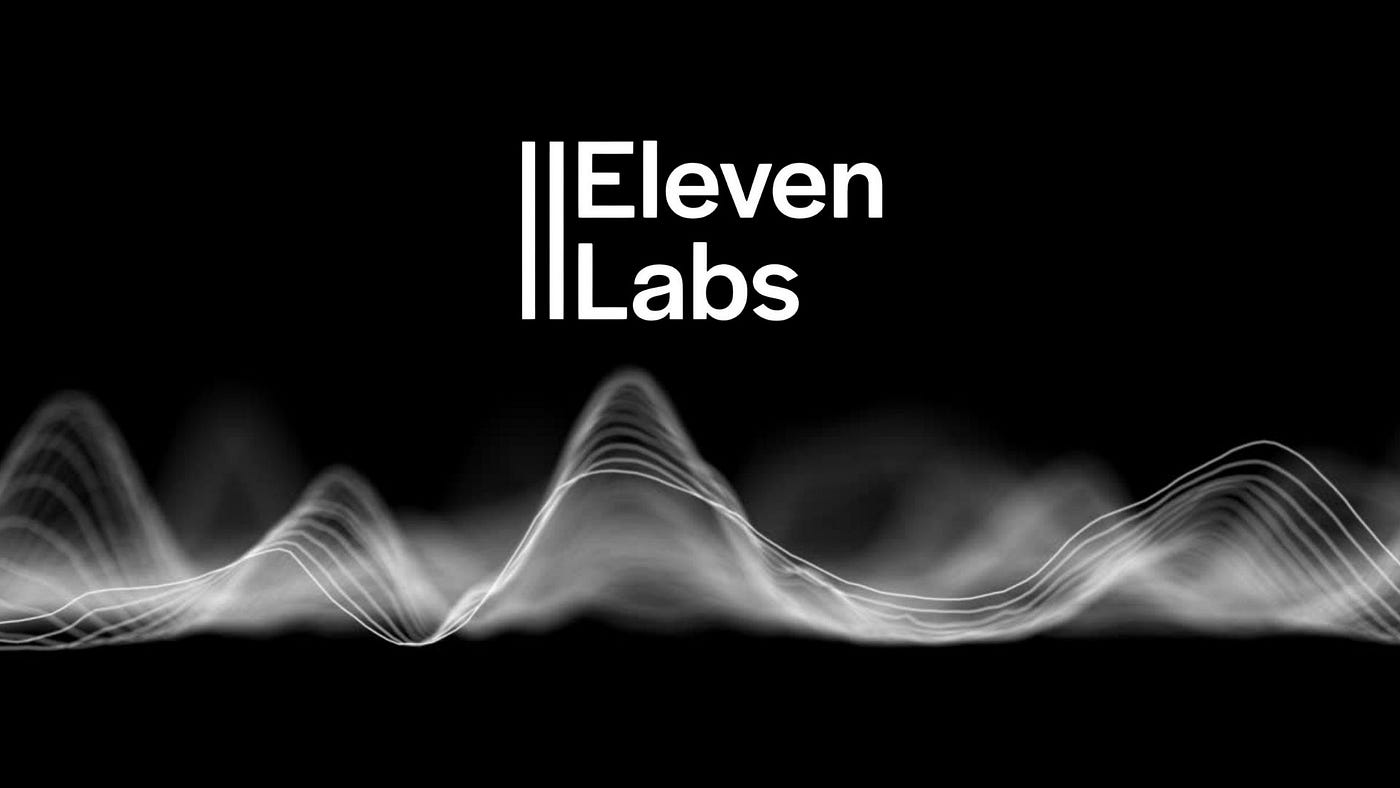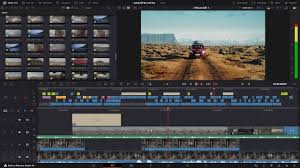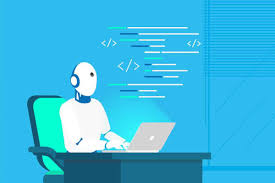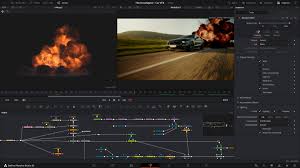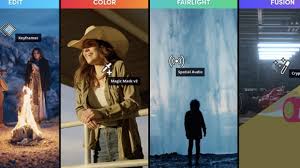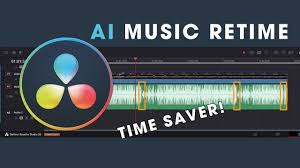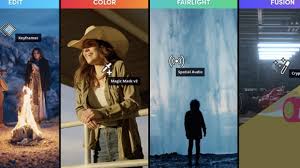Introduction: Why Learn the AI Music Editor?
With the 20.0.1 update of DaVinci Resolve, Blackmagic Design has taken a major leap in integrating AI-driven audio features into professional video editing. The new and improved AI Music Editor is now smarter, faster, and more intuitive—saving time and elevating audio quality for creators of all kinds.
If you're a YouTuber, filmmaker, social media content creator, or corporate video editor, mastering this tool will help you sync, mix, and manage music like a pro—without spending hours keyframing audio.
This guide walks you through exactly how to use the AI Music Editor in DaVinci Resolve 20.0.1, from setup to advanced use cases, with practical tips you can apply today.
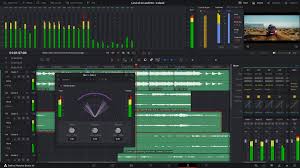
What Is the AI Music Editor in DaVinci Resolve?
The AI Music Editor is part of the DaVinci Neural Engine, available exclusively in the Studio version of DaVinci Resolve 20.0.1. It offers intelligent audio analysis and automation, including:
Automatic beat detection
Dynamic audio ducking (based on voice recognition)
Mood-aware volume control
Genre-aware track recommendations
Automatic syncing with visual cuts or motion cues
It’s designed to take the manual labor out of syncing music with video and maintaining clean voice/music balances.
Before You Start: Requirements
| Requirement | Recommended Spec |
|---|---|
| DaVinci Version | Resolve Studio 20.0.1 or later |
| RAM | 16GB+ |
| GPU | 8GB VRAM or more |
| Audio | Local music tracks with metadata for best results |
| System | Windows 10/11, macOS 13+, or Linux (Latest build) |
Step-by-Step Guide: Using the AI Music Editor
Step 1: Import Your Music Track
Go to the Media Page and drag your chosen audio file into the project.
It’s recommended to use music with metadata tags (genre, tempo, mood) for more accurate AI analysis.
Step 2: Add Music to Timeline
Switch to the Edit Page and place the music file on an audio track beneath your video.
Ensure your voice-over or dialogue is already placed on a separate track for best AI ducking results.
Step 3: Access AI Music Editor Tools
Switch to the Fairlight Page.
Navigate to the Inspector panel (top-right).
Scroll to the AI Music Tools section under the selected audio track.
You’ll see the following options:
Beat Sync
Auto Ducking
Mood Mapping
Rhythm Matching
?? If these options are grayed out, double-check that you are using Resolve Studio and your system meets minimum specs.
Step 4: Enable Beat Sync (Optional but Powerful)
Toggle “Beat Sync” to ON.
The Neural Engine will scan your music’s waveform and detect beats and downbeats.
You’ll see beat markers appear on the timeline.
Use these to align music drops or transitions with your video cuts.
? Pro Tip: Right-click a beat marker and select “Snap to Cut” to auto-sync that moment with your video transition.
Step 5: Enable Auto Ducking
Toggle “Auto Ducking” ON in the AI Music Tools panel.
Select the voice track Resolve should prioritize.
The AI will analyze voice segments and automatically lower background music volume during speech, raising it again between pauses.
? Pro Tip: Adjust sensitivity using the Ducking Threshold slider. Lower values result in more aggressive ducking for soft voiceovers.
Step 6: Use Mood Mapping for Dynamic Control
Click on “Mood Mapping” and choose a preset:
Neutral
Emotional
Upbeat
Tense
Resolve will analyze the tone of your video and adjust the intensity or energy level of the music accordingly, either by adjusting volume or emphasizing certain segments.
? Pro Tip: Combine Mood Mapping with Color Grading cues for a more cinematic effect.
Step 7: Preview and Tweak
Hit Play and observe how music aligns with your video.
Use the Waveform View to fine-tune transitions, or manually override AI actions if needed.
You can still apply traditional volume keyframes if desired, but the goal here is minimal manual work.
Advanced Settings (Optional)
| Feature | What It Does |
|---|---|
| Duck Delay | Controls how fast the music fades back in after speech |
| Minimum Music Level | Prevents music from dropping too low |
| Genre Sync | Suggests similar tracks from your library if genre mismatch occurs |
| Dynamic Peaks | Adds crescendos to match visual climax scenes automatically |
Real-World Example: Short YouTube Video Edit
Let’s say you're editing a 5-minute explainer video:
The voiceover is on Audio Track 1.
Background music is on Audio Track 2.
After enabling AI Music Tools:
Beat Sync aligns intro drop with title animation.
Auto Ducking lowers music during narration.
Mood Mapping maintains a neutral tone throughout, with slight build-ups during key moments.
Total time saved: 20–30 minutes compared to manual audio mixing.
Troubleshooting Tips
Music not syncing? Make sure your music is not overly compressed or has undefined rhythm.
Voice not detected? Split audio into mono dialogue track and reassign.
AI lagging? Disable other background tasks and ensure GPU acceleration is enabled.
Benefits of Using the AI Music Editor
| Benefit | Why It Matters |
|---|---|
| ? Speed | Reduces manual mixing time by 40–60% |
| ? Accuracy | Better speech detection = cleaner audio |
| ? Accessibility | No audio engineering skills needed |
| ? Consistency | Smooth transitions every time |
| ? Creativity | Spend more time storytelling, less on technical mixing |
Conclusion: You Don’t Need to Be an Audio Expert Anymore
With DaVinci Resolve 20.0.1, AI music editing becomes accessible to everyone. Whether you're just starting out or producing high-volume content, this tool will accelerate your workflow, clean up your mixes, and help your videos sound more professional.
Learning how to use the AI Music Editor is less about mastering new skills and more about unlocking new creative freedom. The software handles the technical work—you just focus on the story.
FAQs
Q1: Is this feature available in DaVinci Resolve Free?
A: No. The AI Music Editor is only available in DaVinci Resolve Studio.
Q2: Does it work with music from royalty-free platforms like Artlist or Epidemic Sound?
A: Yes. As long as the audio is locally imported, AI features work regardless of the source.
Q3: Can I undo AI edits?
A: Yes. You can disable individual AI features or return to manual mode at any time.
Q4: Will this work on low-end machines?
A: Some AI features may be limited or slow on systems with less than 16GB RAM or outdated GPUs.
Learn more about AI MUSIC

